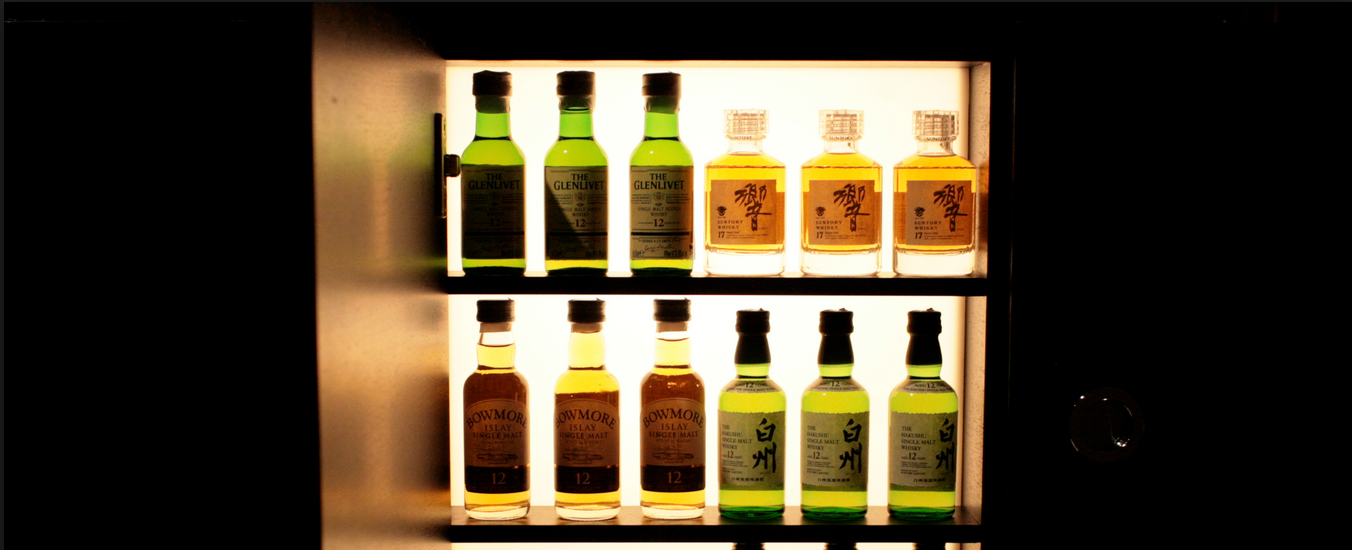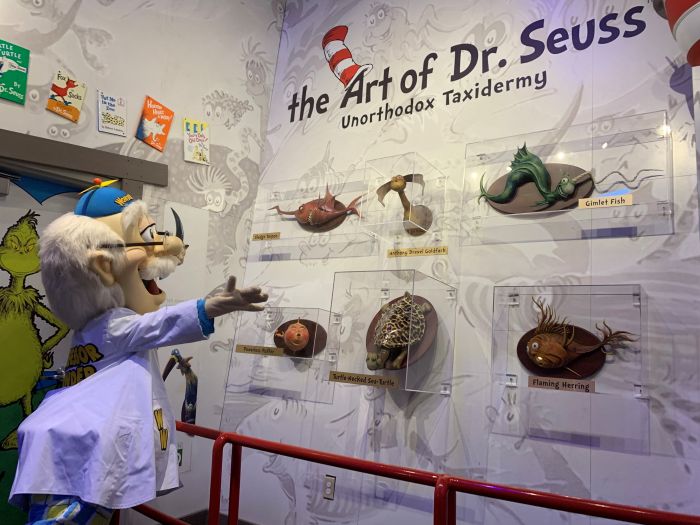
Who would have thought a small fridge could make such a big impact? Decades ago, the humble minibar transformed the hotel landscape by supplying on-demand snacks for bleary travelers eager to pay for the new privilege of convenience. But despite its meteoric rise, the minibar has struggled to retain its appeal in the context of globalized capitalism, wherein convenience is the name of virtually every industry’s game and competition is fierce. In the past decade, customers have grown less willing to shell out $13 for two sips of vodka (and who could blame them?).
But the minibar isn’t down for the count. Instead, hotels are innovating on the original concept in order to transform the minibar into a convenience travelers are still willing to pay for. Here’s how it all began — and where it’s going next.
A Cash Cow is Born
The history of the minibar is highly contested stuff. Invented in Germany in either the 1950s or 1960s (depending on which source you consult) the refrigerated minibar premiered (again, depending on the source) either in the 1960s at the Madison in Washington, D.C. or at the Hong Kong Hilton in 1974, where each of the establishment’s 840 rooms were fitted with liquor-stocked fridges. Weary travelers rejoiced at the ability to imbibe at any hour of the day (or night) without having to leave their rooms. The fridges heralded a previously unmatched level of convenience, and guests were quick to take advantage. That year, the Hilton boasted a 500 percent increase in room-service drink sales that correlated to a five percent boost in the company’s overall income.
While the minibar’s origins are a bit murky, its transformative effect on the Hilton’s revenue was not. Hotel owners the world over saw dollar signs, and minibars quickly became a staple of the guest experience.
Closing the Door on Skyrocketing Revenues
With every rise comes a fall. In 2014, news sources salivated over the impending eradication of the traveler’s unassuming snack-dispensing companion.
“7-Eleven killed the minibar,” reportedly bemoaned one Hong Kong hotel manager. And it’s no wonder convenience stores have stolen the minibar’s thunder: Why pay $5 for a bottle of water or $9 for a bag of macadamia nuts when you can get water for $2 and a bag of peanuts for 99 cents at the gas station across the street?
While one brand of convenience store doesn’t bear full responsibility for waning interest in the minibar, in the past decade Marriott, Hyatt, Starwood, and even the Hilton have begun phasing out the once ubiquitous stocked fridge. The decision to leave the fridges empty (or remove them from rooms entirely) is based on hard data. One survey found participants ranked minibars as the least popular among all hotel amenities, right behind spa and beauty treatments. Between 2007 and 2012, U.S. hotels’ revenue from minibars plummeted by 28 percent — leaving the in-room pay-to-drink service accounting for less than one percent of hotel revenue.
Compounding the minibar’s recent decline is the fact that stocking the fridges doesn’t come cheap. The labor required to inventory and restock minibars amounts to a huge cost in staff time, and spoilage and waste are frequent concerns. Adding to hotels’ incurred costs is the propensity of some guests to steal items from the minibar, in spite of automated sensors. Then there are changing guest behaviors: Today, people tend to be more interested in socializing and being seen — e.g., by drinking at the hotel bar or a neighborhood taphouse — than they are in drinking small bottles of liquor alone in their rooms.
The Minibar Renaissance
None of this is to say hotels have given up on the snack action. Instead, they’re re-envisioning the minibar to fit within today’s trends and consumer expectations. Many hotels now leave the fridge empty and encourage guests to stock it with items purchased at vending machines down the hall or “grab and go” mini-markets in the lobby. Some offer upgraded contents like organic gummy bears or local wines, like at the Enchantment Resort in Sedona, Arizona.
Others, like New York’s Loews Regency Hotel, have created an all-you-can-eat-or-drink minibar for higher-paying customers. Many hotels — including Secrets St. James in Montego Bay, family-friendly Innside by Melia Frankfurt in Germany, and the Grand Hotel Amrâth in Amsterdam — entice travelers with the promise of a complimentary minibar featuring items such as soft drinks, beer, and water.
The future of the minibar may even extend beyond satisfying the late-night munchies. At the Hudson Hotel in New York City, business travelers can enjoy a “Minibar for the Mind” complete with pencils, notebooks, and a box of conversation starters. It’s a new twist that will likely inspire other hotels to expand the concept of the minibar moving forward.
So while we’re in the midst of a rapid change in minibar culture and design, don’t write off the in-room staple yet. But for those travelers who rely on a swig of Scotch or a bag of M&Ms before bed, it may be increasingly prudent to pack your own snacks.














